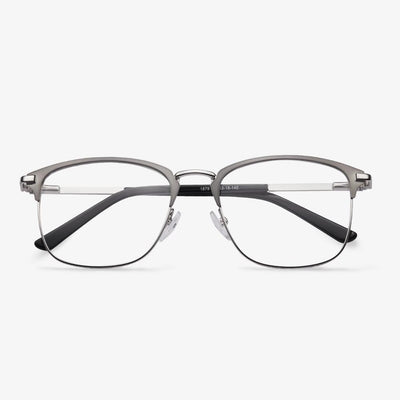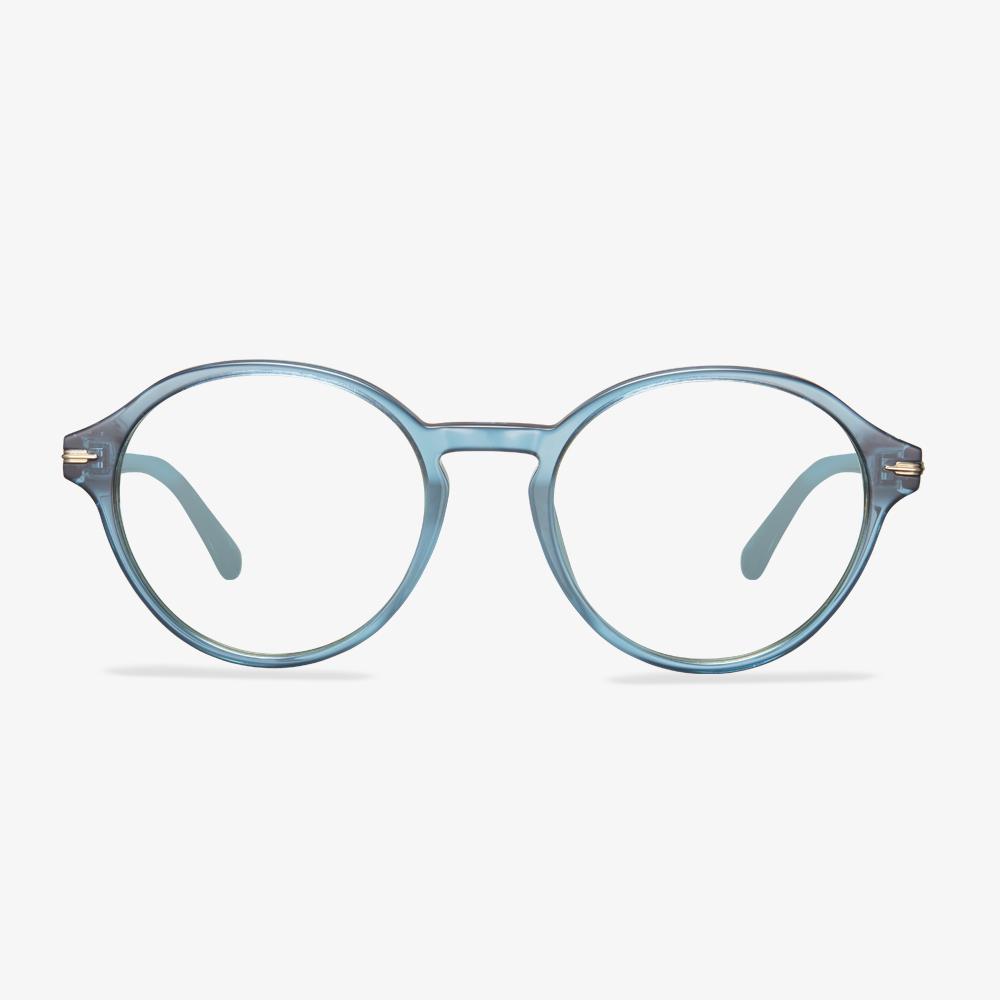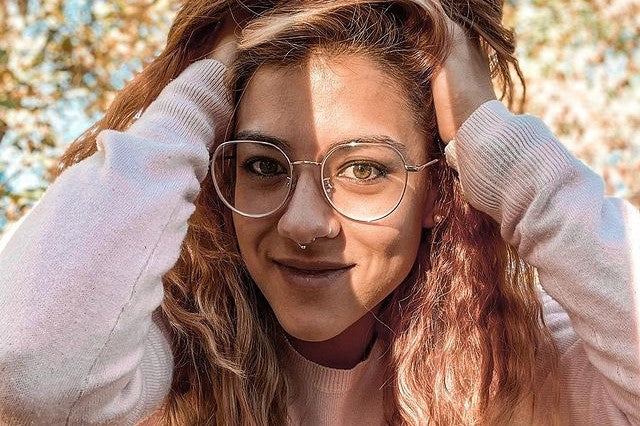American Eyewear Brand - Sola International
Sola is a global leader in the design and material development of eyewear lenses. Through intensive investment in research and development, Sola continuously creates innovative new products that give people around the world a better perspective on all aspects of their lives. Sola is mainly engaged in the design, development, production, and sales of different progressive high-value-added optical products. Its main products are optical lenses, sunglasses, safety lenses, and optical instruments. They have manufacturing facilities in the United States, Australia, Ireland, France, Brazil, Venezuela, Mexico, Singapore, and China. And have 41 distribution centers in 17 countries. Every day, customers in more than 50 countries and regions choose from more than 20,000 high-quality products provided by these distribution centers.
The Advantages of Polycarbonate Glasses
In fact, polycarbonate glasses come with several benefits and this section will show some of them.
First, polycarbonate glasses are safe and are virtually unbreakable. A study found that polycarbonate glasses were more impact-resistance than glasses or other types of plastic lenses.
Second, polycarbonate glasses are thinner than other types of lenses. This feature makes them ideal for people who have strong prescriptions. Lighter and thinner eyeglasses are less likely to slip off your nose and are more comfortable for everyday wear.
Third, extended exposure to UV radiation from the sun can cause damage to your eyes and lead to some eye conditions such as cataracts or macular degeneration. Of course, polycarbonate glasses can block out harmful UV rays from the sun and provide good protection for your eyes.
However, there are some negative voices of polycarbonate lenses.
TR90 glasses frame
TR90 is not easy to deform and break, and it can withstand high temperatures and strong impacts. In addition, its material is relatively light, so many young people also like such glasses frames.
The material of spectacle lens
It is not only based on the refractive index to select but also depends on the material of the spectacle lens. Then there are several types of materials for myopia glasses. For example, there are glass, resin, and better PC lenses. There are also obvious differences between the three materials. The use rate of glass lenses is not high now. The myopia lenses that you often see are mainly resin lenses. These resin lenses are more suitable for wearing. Also, you can choose PC lenses. There are many PC lenses on the market. This kind of lens is very light, high toughness, and not easy to break, so it is also very popular with everyone. These three materials have their own advantages and disadvantages, so decide which one to buy according to your needs.
How do myopic glasses work?
The formation principle of myopia is that when the light from the outside world enters the eyeball, it is refracted by the eyeball's refractive system and cannot be accurately imprinted on the retina. The image is in front of the retina. If a concave lens is placed in front of the eye before the light enters the eye, it shifts the focus of the myopic eye from a point in front of the retina to the back, so that it lands directly on the surface of the retina. When parallel light passes through a concave lens, it diverges, meaning that it has already diverged once before entering the eye and then is refracted normally by the eye's refractive system. When the light is refracted through the eyeball, the distance of the image will be longer. So the distance of the image will be correspondingly pushed back compared to the non-divergent light. But it will just fall on the retina, and the image will be accurate in the right place.
Glasses should not have serious color differences.
Children's eyes are not fully developed, and the eyeball is still growing slowly, at this time it is best not to wear such blue light glasses with the serious color difference. If you always see things with color differences, it will cause eye discomfort, resulting in increased myopia, but the opposite. The big color difference will cause low light transmittance, affecting child macula development. In the case of long-term distortion and discoloration, visual physiology and psychology will be affected.
Blue light glasses for children have special lenses that block some light waves, which may help protect children's growing eyes from digital eye strain. Blue light lenses sometimes have a slight yellow tint. You can buy prescription or non-prescription glasses with child-size frames and lenses that filter blue light. They don't filter out all the blue light, but they can reduce your child's exposure to blue-violet light by 80 percent or more.
There are three processes for resin-changing lenses.
The incorporation method, known as bulk polymerization, is similar to the method of glass lens, that is, one or more photochromic dyes are directly incorporated into the polymer monomer of the substrate for bulk polymerization, and the lens formed after curing will change color. Discoloration dye is completely integrated into the resin lens substrate, so the lens made of color persistence is very good.
The uniformity of discoloration and the depth of color after discoloration are highly related to the thickness of the lens. Because the thickness of the lenses at all levels is different, there will be a color difference between the depth of discoloration and the uniformity, and the uneven phenomenon of high brightness is more obvious.
The film type is known as the coating method. It is the chromatic resin lens by coating or dipping in a layer of chromatic dye on the base of the resin lens. Because the coating covers the surface of the lens, the color uniformity is good. The coating, which is only about 0.05mm thick, does not provide enough molecules to make the lens dark enough, so the color is relatively less dark, and the discoloration lasts slightly longer.
Infiltration, known as the penetration method, is to use the principle of penetration, through the thermal diffusion method to make the color dye permeate the surface of the resin lens sheet material, with diffusion depth up to 0.15~0.20mm. The lens has a constant color change characteristic. There will be no inconsistency between the center and the surrounding color as the luminosity gets darker. The color-changing resin lens made by infiltration type has the benefits of uniform color-changing, small color difference, fast and thorough color-fading, which is the mainstream of color-changing technology at present.











































